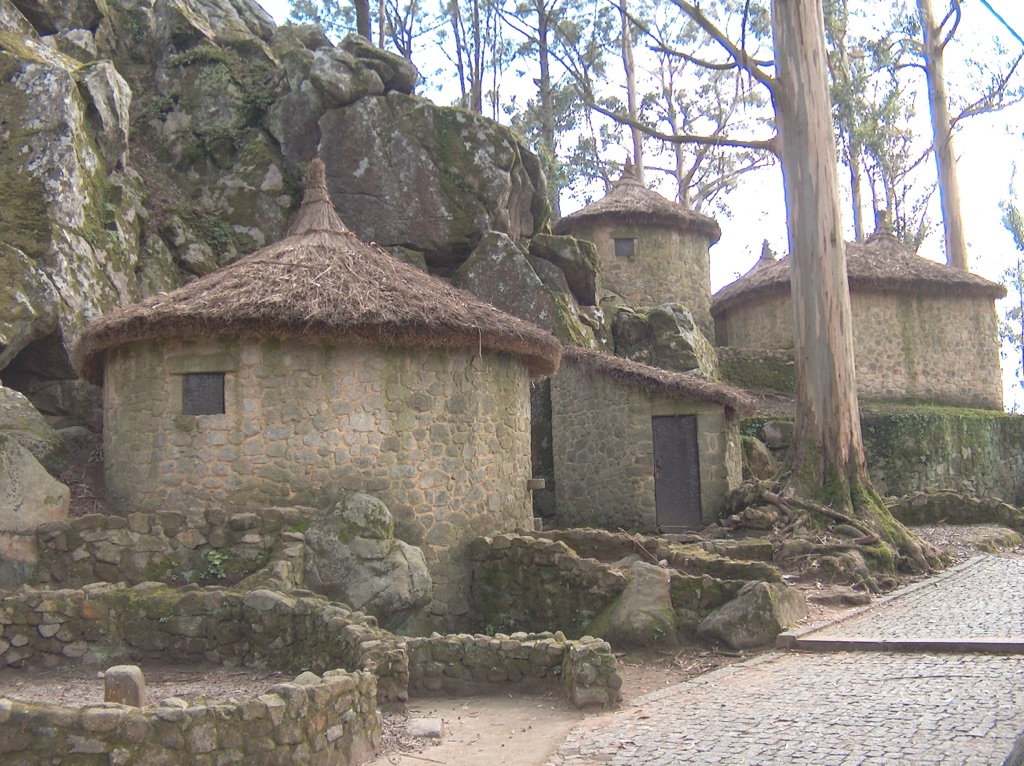Castro de São Lourenço is an ancient hillfort located in the parish of Vila Chã, in the municipality of Esposende, Portugal. This archaeological site stands as a testament to the pre-Roman settlement patterns in the northwestern Iberian Peninsula. It offers a glimpse into the lives of the Celtic peoples who inhabited the region before the Roman conquest. The site is known for its well-preserved stone structures, including residential units, defensive walls, and community spaces, which provide valuable insights into the Iron Age civilization that thrived there.
Get your dose of History via Email
Historical Background of Castro de São Lourenço
Castro de São Lourenço was discovered in the 19th century, but systematic archaeological excavations only began in the 1980s. The site was built by the Celtic tribes known as the Castro culture, which flourished during the Iron Age. These tribes were known for constructing hillforts, or ‘castros’, which served as both settlements and fortifications. The Castro de São Lourenço was inhabited from the 4th century BC until the 1st century AD, when the region came under Roman influence.
Archaeologists have unearthed evidence of later habitation during the Middle Ages, suggesting the site was not entirely abandoned after the Roman conquest. The hillfort’s strategic location, offering extensive views of the surrounding landscape, made it an ideal defensive site. While it was not the scene of any famous historical events, the daily lives and social structures of its inhabitants provide important historical insights.
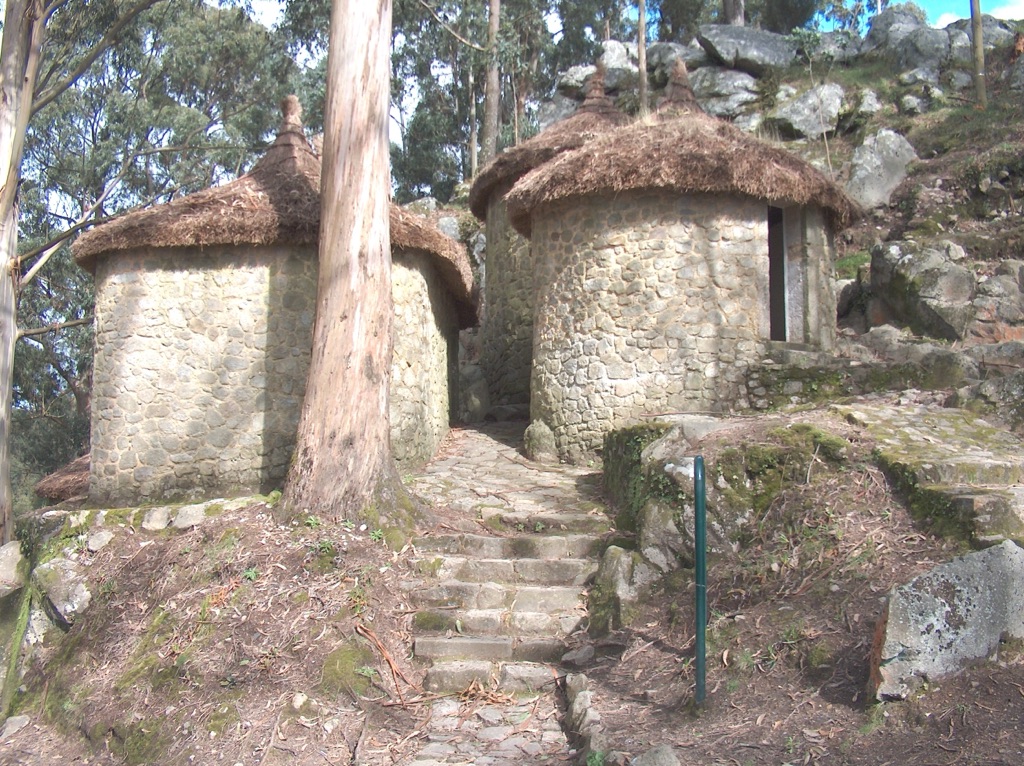
The Castro culture is characterized by its unique architectural style, which includes circular or oval stone houses with thatched roofs. These structures were often built in terraces along the hillside, taking advantage of the natural topography for defense and agriculture. The Castro de São Lourenço is a prime example of this architectural tradition, with its well-defined stone walls and domestic units.
Excavations at the site have revealed a complex social hierarchy within the settlement, indicated by the size and construction quality of the houses. Larger, more elaborate structures likely belonged to the community’s elite, while smaller, simpler ones housed the common people. The presence of communal areas, such as a large central plaza, suggests that the Castro de São Lourenço was not just a collection of homes but a vibrant community with social and possibly religious gatherings.
The site’s discovery and subsequent excavations have been led by various Portuguese archaeologists, contributing significantly to the understanding of the pre-Roman history of the region. The Castro de São Lourenço stands as a cultural heritage site, reflecting the ingenuity and resilience of the ancient peoples who built it.
About Castro de São Lourenço
The Castro de São Lourenço is a remarkable example of Iron Age architecture and urban planning. The site consists of multiple stone structures, including residential units, defensive walls, and communal spaces. The residential units are typically circular or oval, with stone foundations and walls that would have supported organic materials for roofing.
The defensive walls of the hillfort are among its most impressive features. They were constructed using large stone blocks, carefully fitted together without the use of mortar. These walls not only provided protection from invaders but also demarcated the boundaries of the settlement. The main entrance to the hillfort is a testament to the engineering skills of its builders, featuring a complex gate system designed to control access and improve defense.
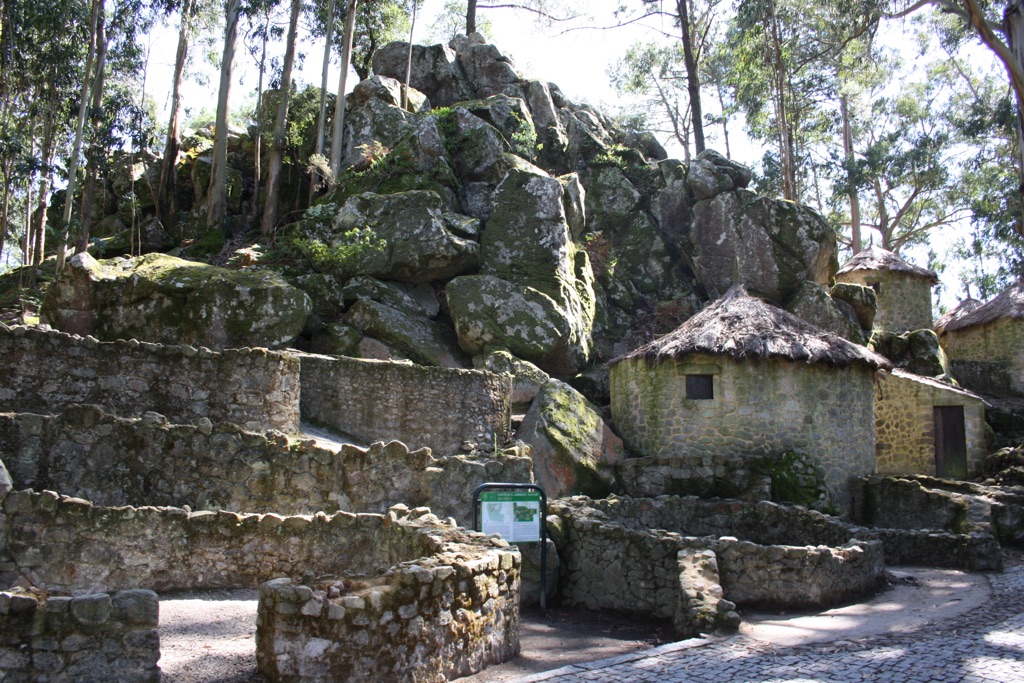
Inside the hillfort, the residential units are organized in a hierarchical manner, with larger and more elaborate structures likely belonging to the elite. The construction techniques vary, with some houses featuring double-walled insulation, indicative of the inhabitants’ adaptation to the climate and their understanding of construction methods.
Archaeological findings at the site include pottery, metalwork, and other artifacts that shed light on the daily lives of the inhabitants. These objects suggest that the residents of Castro de São Lourenço engaged in agriculture, animal husbandry, and possibly trade with neighboring regions. The presence of Roman artifacts also indicates contact with the Roman Empire, which may have influenced the local culture and economy.
The site’s preservation allows visitors to walk through the ancient streets and imagine life in the Iron Age. The Castro de São Lourenço is not only an archaeological treasure but also a cultural landmark that offers a tangible connection to the past.
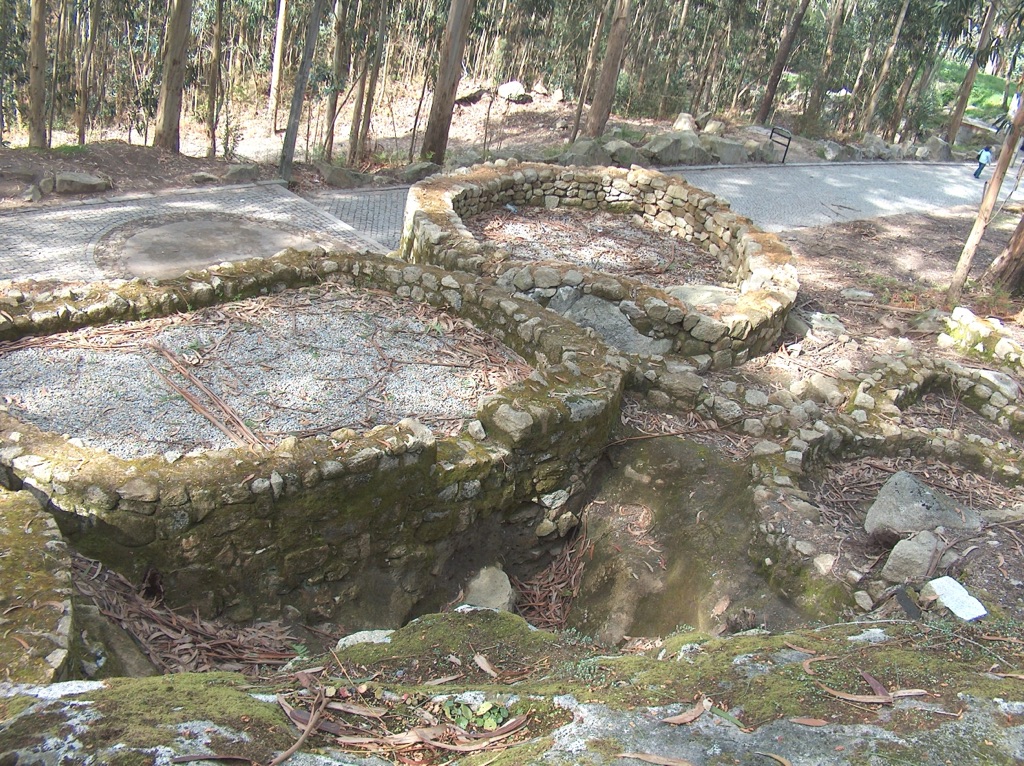
Theories and Interpretations
Several theories have been proposed regarding the use and significance of Castro de São Lourenço. Some scholars believe that the hillfort served primarily as a defensive structure, protecting its inhabitants from rival tribes and invaders. Others suggest that it may have had a ceremonial or religious function, as indicated by the communal spaces and potential ritual artifacts found on-site.
The mysteries of Castro de São Lourenço include the exact social structure of its inhabitants and the nature of their interactions with the Romans. While evidence of Roman influence is present, the extent to which the Castro culture assimilated Roman customs and technology is still debated. The discovery of Roman coins and pottery suggests some level of trade or cultural exchange.
Interpretations of the site have had to rely on matching the archaeological findings with historical records from the period. However, the scarcity of written records from the Castro culture itself means that much of the site’s history is reconstructed from Roman accounts and comparative studies with other Iron Age settlements.
Dating of the site has been carried out using various methods, including stratigraphy and radiocarbon dating. These techniques have helped establish the timeline of habitation and provided a clearer picture of the site’s development over time. The dating evidence supports the theory that the hillfort was continuously inhabited from the 4th century BC until the Roman period.
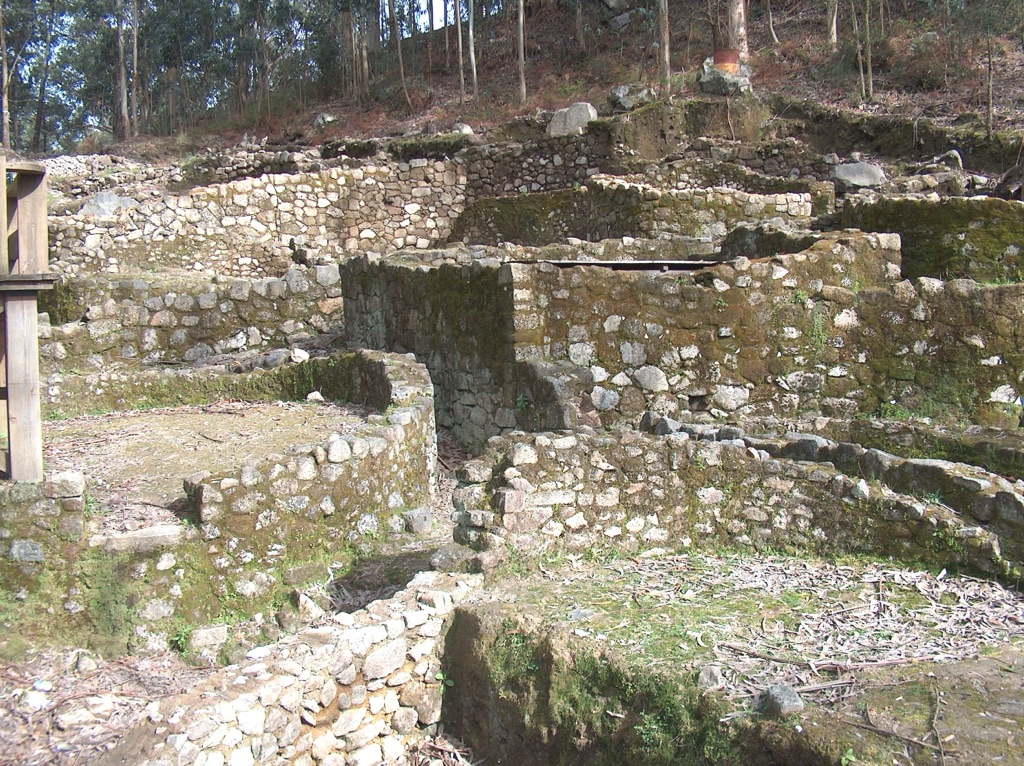
The ongoing research and interpretation of Castro de São Lourenço continue to contribute to the broader understanding of the Iron Age in the Iberian Peninsula. Each new discovery adds a piece to the puzzle of this ancient civilization’s way of life, economy, and interactions with neighboring cultures.
At a glance
Country: Portugal
Civilization: Castro culture (Iron Age)
Age: 4th century BC to 1st century AD
Conclusion and Sources
Reputable sources used in the creation of this article include:
- Wikipedia: https://en.wikipedia.org/wiki/Castro_culture

